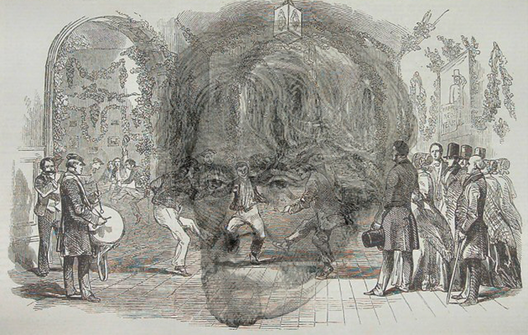John Conolly1794–1866
At the turn of the eighteenth and nineteenth centuries, the treatment of the insane was not noted for its enlightened attitude. Pinel had started a movement to allow movement for those in asylums; that is to remove the restraints that were typically applied to their bodies. Pinel’s approach was pursued in Britain first by William and Henry Tuke at the York Retreat and later by Conolly at the Hanwell Lunatic Asylum. Conolly was born in Lincolnshire and later studied at Glasgow and Edinburgh and received his medical degree from the latter. His dissertation was on the mental states of the insane and melancholic, which was an unusual topic at that time, and he became an ardent advocate of not confining inmates of lunatic asylums. After several unsuccessful attempts to set up medical practices, he was appointed professor of nature and treatment of diseases at a newly founded medical school in London. His inaugural address, delivered in 1828, concentrated on mental disorders and their treatment. The ideas were expanded in his book An Inquiry concerning the Indications of Insanity published two years later, and in which he argued for the possible remediation of the insane and against their restraint. Conolly was eventually able to put his ideas into practice as resident physician at the Hanwell Lunatic Asylum in Middlesex. Conolly’s portrait is combined with an engraving from the Illustrated London News of 1848 showing the inmates of the asylum performing Twelfth Night. The accompanying article noted “Seven years have elapsed since the experiment of non-restraint has been fully tried in the Hanwell Asylum; and Dr Conolly, in the spirit of a Christian philosopher, thanks God, with deep and unfeigned humility, that nothing occurred during that period to throw discredit on the great principles for which he has so nobly battled”.
